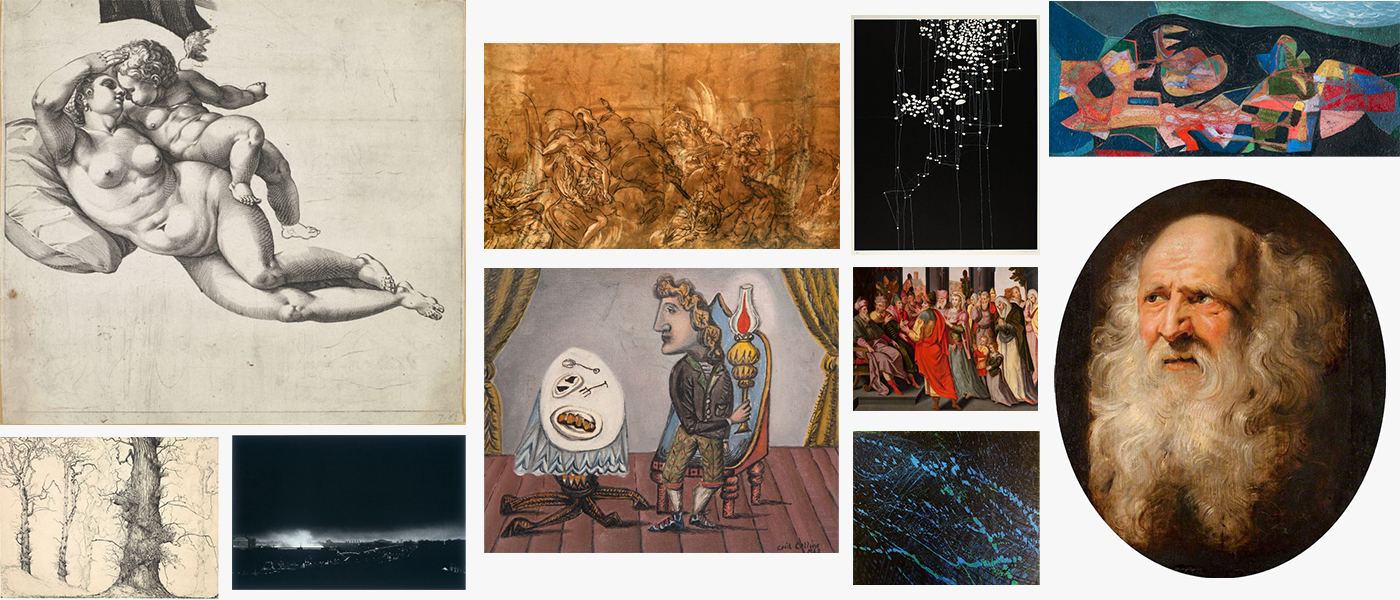
A Curator's Choice
A Curator's Choice opened at the Hunterian Art Gallery on 6 March 2020, some two weeks before the UK-wide lockdown due to the Coronavirus pandemic. Celebrating twenty years of collecting and research at The Hunterian, it offered a very special opportunity to see an outstanding selection of art works acquired by, and given to, The Hunterian over the past two decades. This online version allows you to enjoy the best of the show from wherever you are.
A Curator's Choice
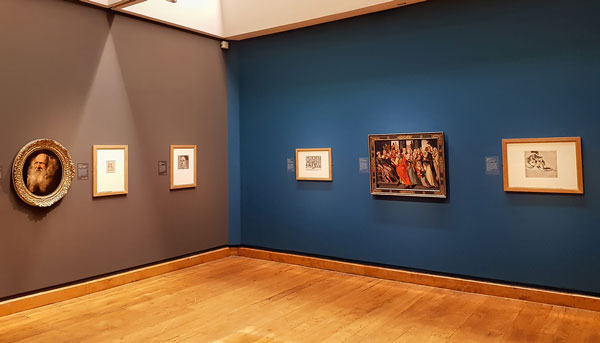 Curator (Latin, meaning person who cares for)
Curator (Latin, meaning person who cares for)
In 2019 Peter Black retired from The Hunterian and the University of Glasgow, having worked as curator since 1998. This exhibition shows one aspect of his legacy, in presenting a selection from the 300 or so acquisitions he made.
These acquisitions – whether purchases, gifts or bequests which he encouraged – were guided by a combination of considerations. The decisive factor has usually been The Hunterian’s mission, the curator’s expertise, and above all the historical importance of the objects. And sometimes it was down to luck. Most acquisitions were inspired by an opportunity that arose in the course of research on existing works in the collection. A productive approach has been to focus acquisitions for a time in a single area, for example as part of plans for a future exhibition.
The works in this display are grouped to represent different areas of the curator’s activity: collections research; research into the history of printmaking; engagement with artists and engagement with donors.
Questions of Attribution
 Questions of Attribution
Questions of Attribution
Acquisitions often go hand-in-hand with research on collections. In this section, recent acquisitions are juxtaposed with works of art that were investigated in partnership with Hunterian and Technical Art History colleagues and students.
As curator, Peter led research into Dutch and Flemish art that resulted in the 2012 exhibition Rembrandt and the Passion. His research into the attribution of Rubens’ Head of an Old Man led to the acquisition of two important study drawings. Similarly, his research into William Hunter’s collections, especially Hunter’s relationship with Hogarth, prepared us for the opportunity to buy an unrecognized early wall painting by the artist, which is one of the most significant acquisitions of recent years.
Collaboration was an essential element in the publication of attributions. The drawings by Benjamin West and J.M.W. Turner were published in articles written by Elizabeth Jacklin, who supported Peter as intern from 2011 to 2012.
Strengths of the Print Collection
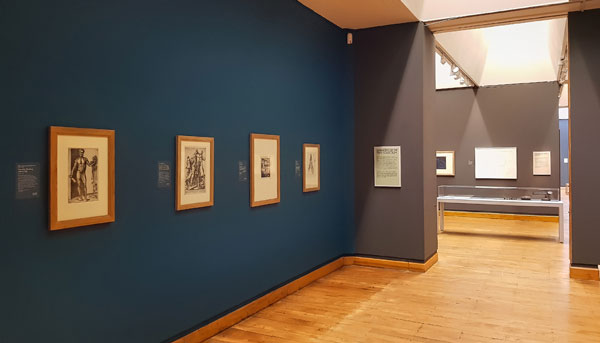 Strengths of the Print Collection
Strengths of the Print Collection
Prints rather than drawings are the main strength of the works on paper collection. In 1949, Andrew McLaren Young (1913–1975) became the first Hunterian curator of a print collection which had recently been assembled for teaching. Holdings were strongest in Old Masters 1460–1700, prints by J.M.W. Turner, James McNeill Whistler and British artists 1880–1930. Using the fund bequeathed by James McCallum (1862–1948), Young wisely bought, at the time, unfashionable modernist, especially German Expressionist works. While prints were relatively cheap then, they no longer are. Strange as it may sound, unique drawings are now often better value than prints and this mundane fact has in recent years stimulated the purchase of fine drawings.
This selection presents acquisitions that were stimulated by research into various collection areas. A number of Dutch and Flemish prints were acquired in connection with research on Rubens and Rembrandt; purchases of Italian 16th-century prints (a major collection strength) supported research for the exhibitions Picturing Venus in 2014 and Renaissance Prints in 2016.
Engaging with Artists
 Engaging with Artists
Engaging with Artists
Works of art can be brought to life by getting to know the artists and finding out about their work. Some of the artists included here were people that Peter Black worked with in the first part of his career. As a freelance curator, he organised exhibitions, wrote about the artists and ensured that their works were acquired by museums. His first major publication was the catalogue raisonné of prints by S.W. Hayter, who was the most influential figure in modernist printmaking. Through meeting the Austrian expressionist Marie-Louise von Motesiczky in London, Peter got to know the work of artists who fled Europe under Nazi domination and developed an interest in Expressionism that led to the 2019 German Revolution exhibition. In Glasgow his commitment to living artists led to a friendship with Philip Reeves, who was the major figure in modernist printmaking in Scotland. Peter organised The Hunterian’s retrospective for Reeves in 2002 and acquired a large group of his prints for the collection.
Supporters and Donors
 Supporters and Donors
Supporters and Donors
The Hunterian has limited funds to buy art as it is not allowed to use core funding for this purpose. Using money from some of our endowments as a lever, these can be supplemented by grants from the National Fund for Acquisitions, the Art Fund, and occasionally other organisations. Most of these acquisitions have been supported by NFA and/or Art Fund grants, and we gratefully acknowledge their support.
The greatest works, however, are rarely purchased, but donated or bequeathed. The list of our most important pictures is still dominated by William Hunter’s bequest of 1783. In intervening years, however, there have been other impressive gifts and bequests, including major paintings received from the Government in lieu of tax. The Hunterian has a growing network of private collectors and supporters, and part of the curator’s job is to engage with them and help with decisions about preserving their collections.
Our thanks go first to our major donors, the Art Fund, National Fund for Acquisitions, Patricia Johnstone Jackson and Fiona Hope Johnstone, the Marie-Louise von Motesiczky Charitable Trust and The Hunterian Friends. Most recently, we were delighted to accept a significant gift of works from the New York collection of Phillip A Bruno. Individual donors are named on the object labels, but some wish to remain anonymous. And there are others whose gifts we have been unable to include on this occasion. To them all we say thank you!


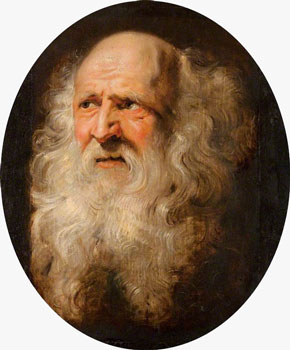 Peter Paul Rubens
Peter Paul Rubens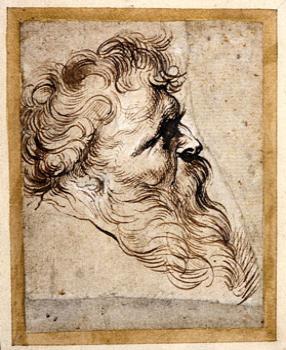 Peter Paul Rubens
Peter Paul Rubens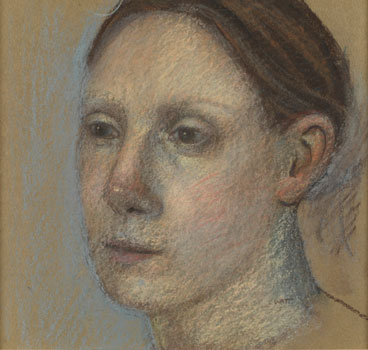 Alison Watt
Alison Watt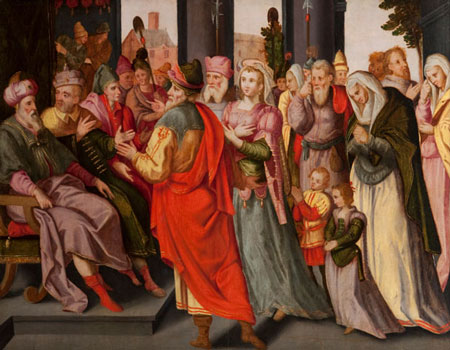 Unknown painter after Maarten de Vos
Unknown painter after Maarten de Vos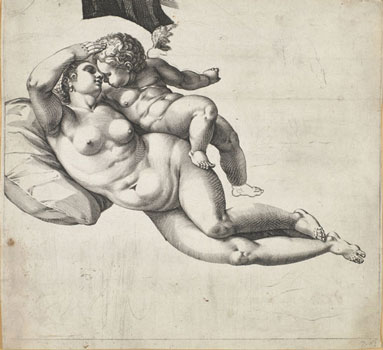 Jan Harmensz Muller after Hendrick Goltzius
Jan Harmensz Muller after Hendrick Goltzius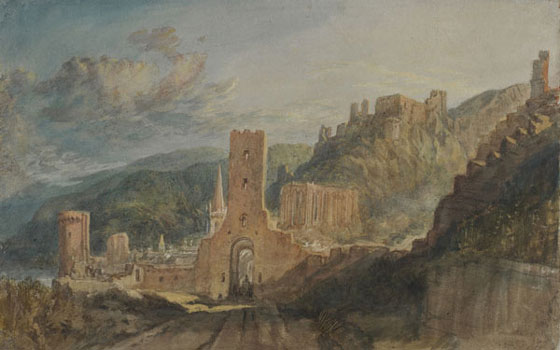 Joseph Mallord William Turner
Joseph Mallord William Turner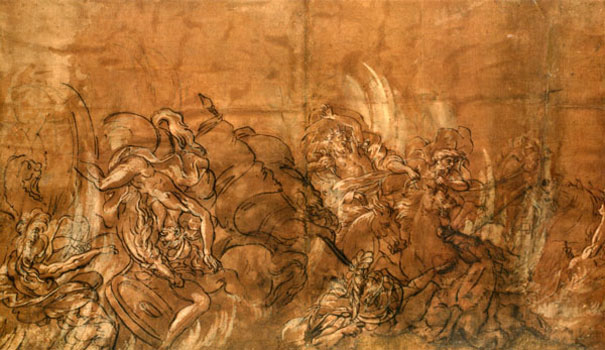 Benjamin West
Benjamin West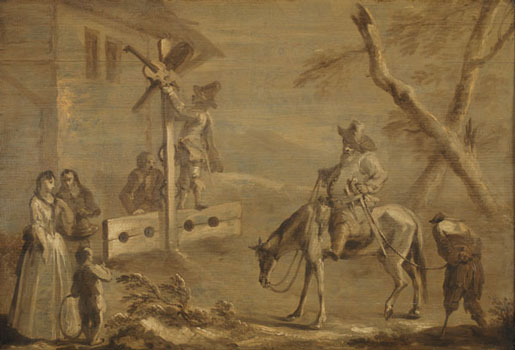 William Hogarth
William Hogarth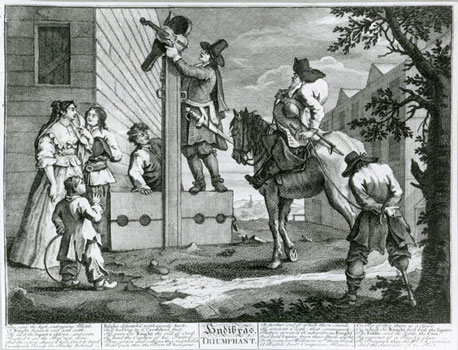 William Hogarth
William Hogarth John Bell after William Hogarth
John Bell after William Hogarth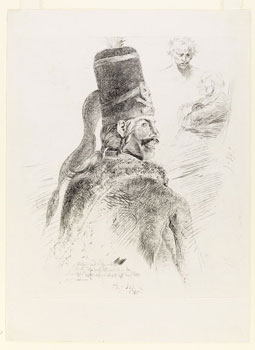 Adolph Menzel
Adolph Menzel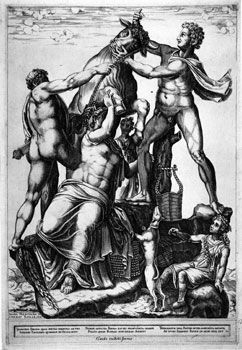 Diana Mantovana
Diana Mantovana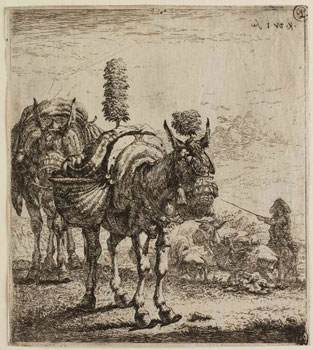 Karel du Jardin
Karel du Jardin James Gillray
James Gillray 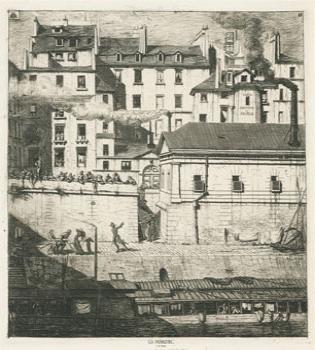 Charles Meryon
Charles Meryon Milein Cosman
Milein Cosman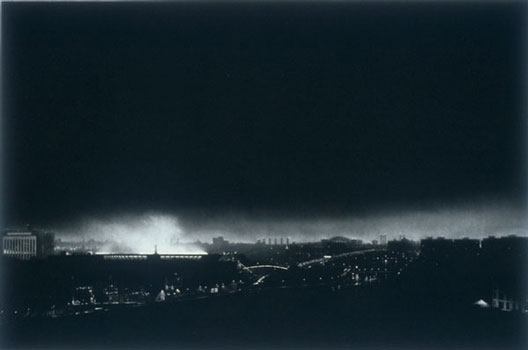 Craig McPherson
Craig McPherson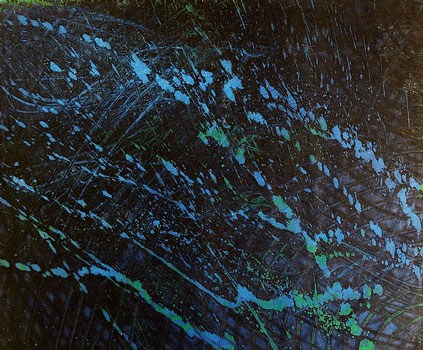 Stanley William Hayter
Stanley William Hayter Ian Westacott
Ian Westacott Victoria Burge
Victoria Burge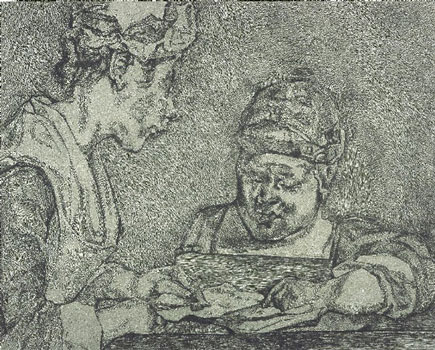 Lucian Freud
Lucian Freud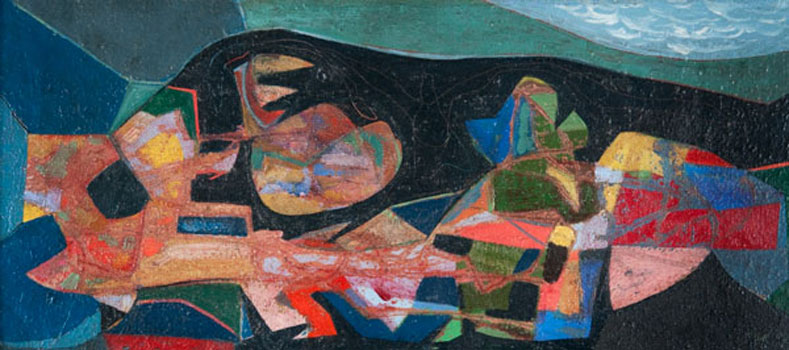 William Gear
William Gear Cecil Collins
Cecil Collins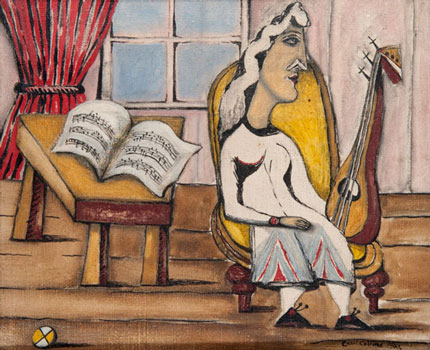 Cecil Collins
Cecil Collins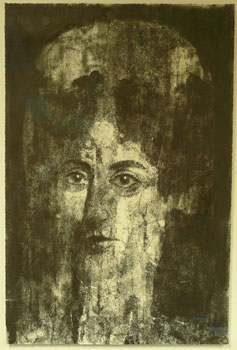 Ken Currie
Ken Currie